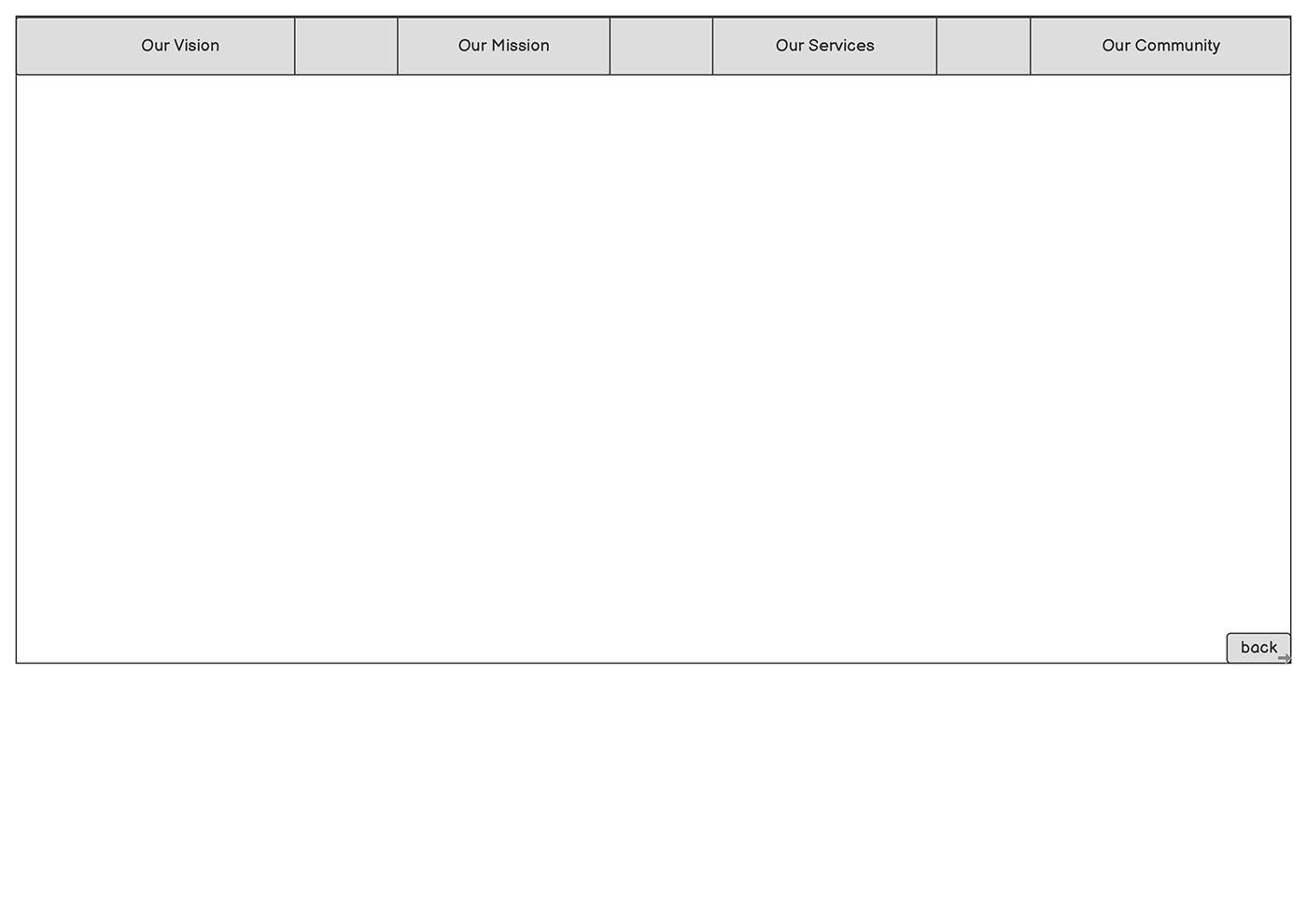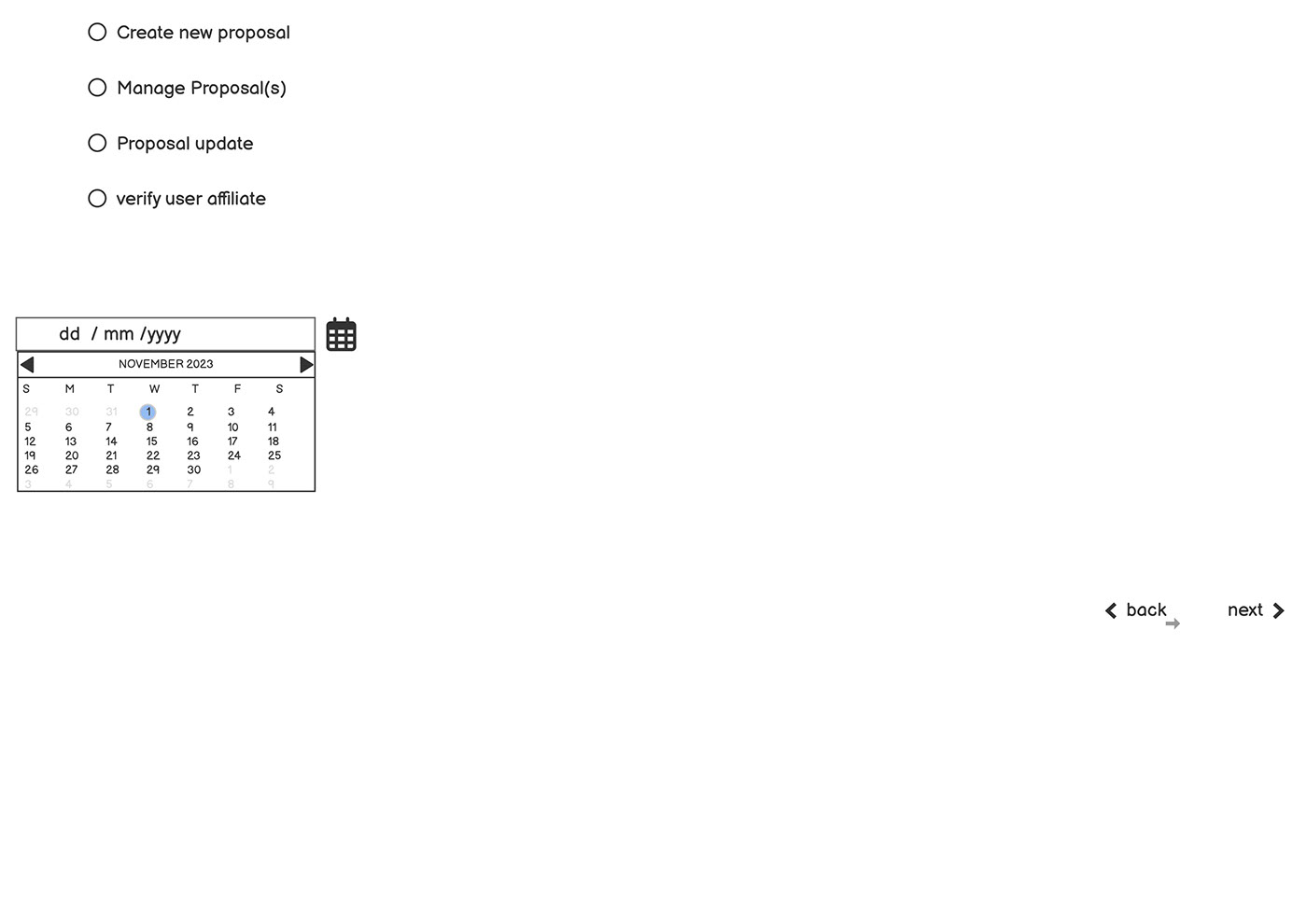Role: Product Owner
Skills/Methodologies: Agile, Stakeholder Management, User & Market Research, Prioritization & Lean thinking, Prototyping and User Testing (A/B test).
Tools: Jira, Slack, Miro, Balsamiq
Introduction:
A digitalized procurement web portal with a streamlined solution for departments and agencies to submit their procurement plans for the fiscal year, giving room for ease and efficiency. A user-friendly platform that offers a centralized hub where stakeholders can submit their plans, ensuring transparency and accountability throughout the procurement process. With careful appraisal and seamless approval workflows, the portal is expected to empower departments to make informed decisions while maximizing efficiency and compliance. A procurement management hub where innovation meets simplicity.
Project Scope:


The Challenge
The novel phase recorded a low acceptance score due to resistance in adoption and entrenched habits, bureaucratic inertia, and competing priorities when allocating resources.
Multiple stakeholder engagement, training & support, and data privacy concerns due to how sensitive it can be to handle procurement concerns (contracts, budgets, proposals, etc.).
Managing these challenges and creating balance in expectations in ensuring user needs align with business strategy are addressed in different phases, from discovery/research to launch.


PHASE 1: Defining the Problem
Trying to look at the tools that can make a significant potential impact on the organization, considering the level of resistance expected and how the project must succeed, we had three tools in mind for this project; the SWOT Analysis tool, the Risk Matrix tool and the Value Damage Quadrant Mapping (VDQM).
We decided to go with the VDQM because there was a need to prioritize our initiatives based on the potential values and also cast a lens on the potential risk that the project might have on the organization, identifying the pain points and the metrics.
The VDQM revealed that the organization would lose user interests and trust if the risk outweighs the value, we decided to design settings that will provide user satisfaction because the project directly addresses user pain points, and we will be able to drop the old method that was originally in place.
Phase 2: User research
Before proceeding to allocation of resources to the expected solutions, I needed to ascertain that the solution would provide the desired results.
I conducted research to gather insights and identified the major requirements. These were achieved using interviews, surveys, and the analysis of available data.
After validating, there is a need to figure out what our solution will look like.

Phase 3: Ideation
BRAINSTORMING SESSIONS
From our research findings, I led the team in a brainstorming session where we had to prepare and answer several questions, and also identify product solutions.
The major pain points & challenges faced by the departments and agencies in the current procurement process.
The specific features and functionalities to be adopted in addressing these pain points and improve efficiency.
How do we make the navigation of both submission and approval seamless and very convenient?
Should there be a level of customization and flexibility within the portal to accommodate procurement needs across the departments and agencies?
The level of security required to ensure data privacy and access control.
Training and support services needed to maximize adoption, user experience, and portal utilization.

Phase 4: Lo-Fi Wireframing









Phase 5: User testing, Iteration and MVP

Phase 6: Launch and Tracking Metrics
This is categorized under three headings: planning, risk mitigation and metrics.
Planning:
A thorough launch plan that included key stakeholders, launch objectives, logistics & operations, budget, product monitoring, and the risk mitigation strategy.
Chose a soft launch to gather user feedback from the departments, this is a good way to gauge the degree of user satisfaction and dealing with any issues before committing to full scale release.
Risk Mitigation:

The Metrics:

Conclusion:
Post-launch monitoring and retrospective to ascertain the success of project delivery.




